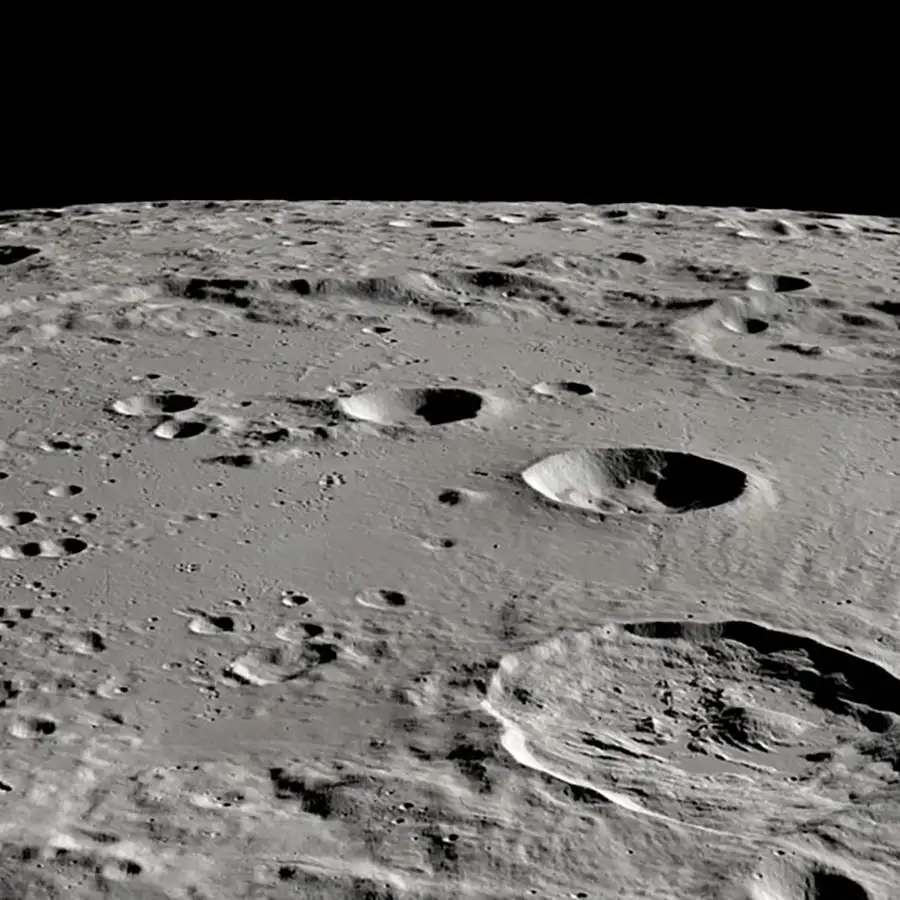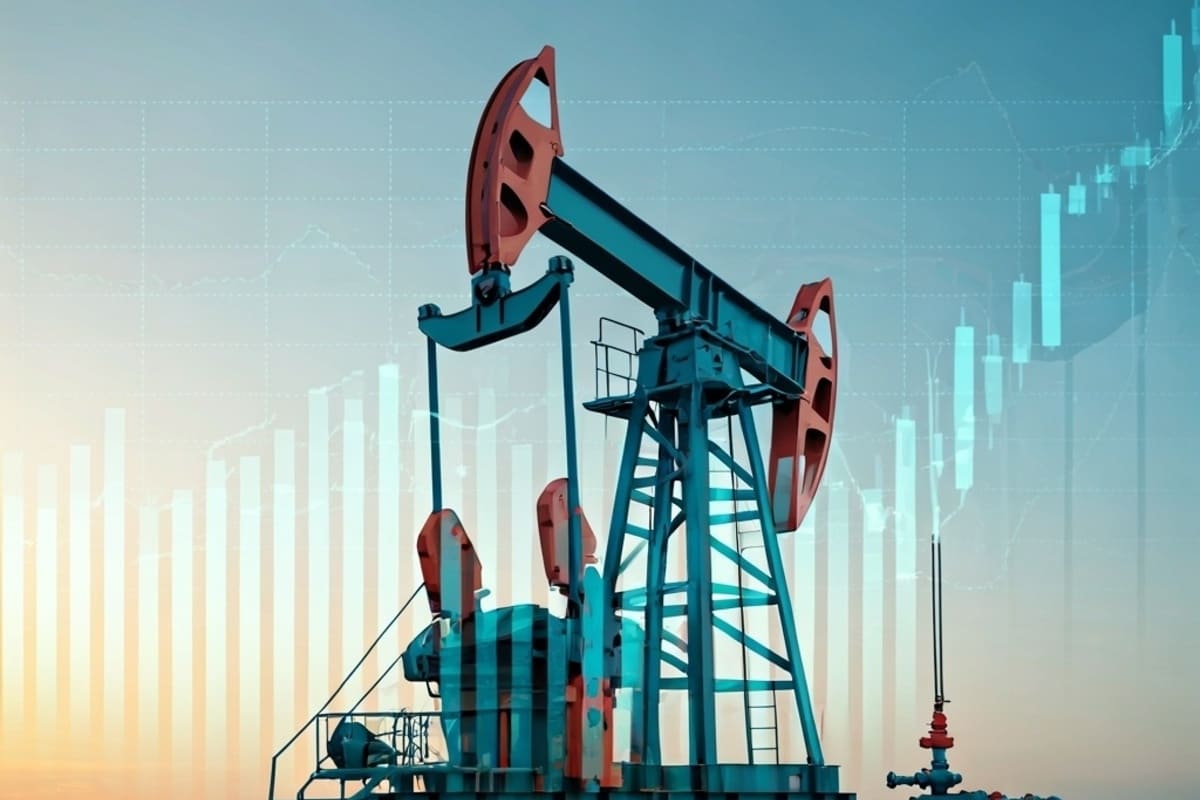Video News / Distribution
Powering Africa's Future Amid Global Shifts in Demand and Technology ...
The International Energy Agency (IEA) highlights the dual role of Artificial Intelligence (AI) as both a major driver of electricity demand and a potential tool for energy efficiency. A significant surge in data centre investment, projected to reach $580 billion in 2025, is largely fueled by the computational needs of AI. This is driving a sharp increase in electricity consumption, with demand from data centres expected to double by 2030.
This growth is geographically concentrated, with the US, China, and Europe accounting for over 80% of global data centre capacity. In the US, data centres are projected to account for about half of the country's electricity demand growth to 2030. This rapid expansion poses challenges for grid connections, with connection queues in some regions like the US and Europe stretching up to ten years. To meet this new demand, renewables are expected to be the leading source of additional electricity globally, supplemented by natural gas and a resurgent interest in nuclear power, including small modular reactors.
Conversely, AI itself offers substantial benefits to the energy sector. IEA analysis indicates that the widespread adoption of AI-driven optimisation could improve energy efficiency in transport and industry by 3% to 10% by 2035, leading to significant global energy savings. AI also holds promise for accelerating innovation in energy technologies, such as by optimising material designs.
However, the IEA cautions that these benefits are not guaranteed. Barriers include limited access to data, insufficient digital infrastructure, and cybersecurity risks. The long-term energy impact of AI also remains uncertain, hinging on factors like its effect on overall economic growth (GDP), future efficiency gains in hardware, and the scale and type of AI applications that become dominant.














